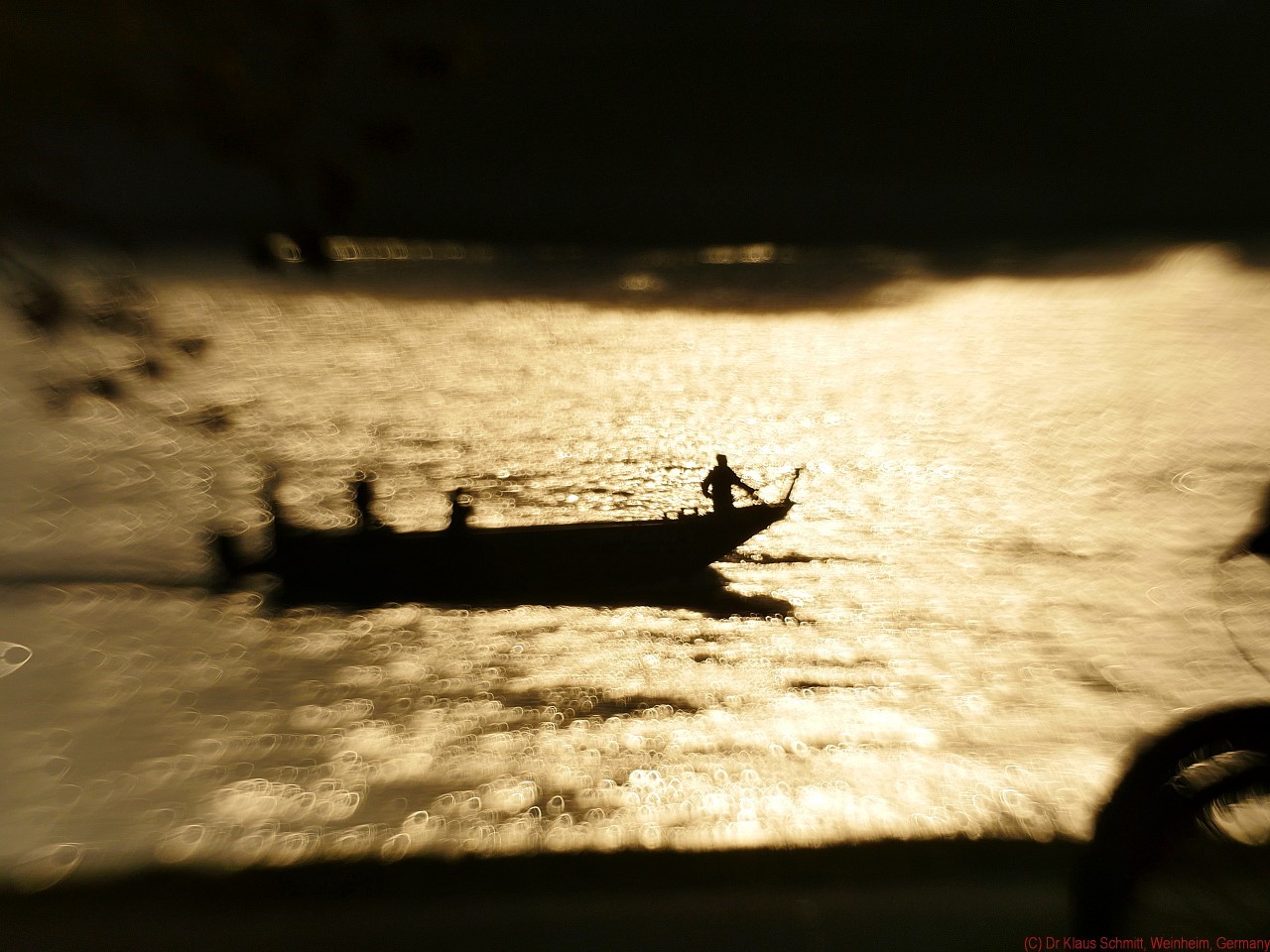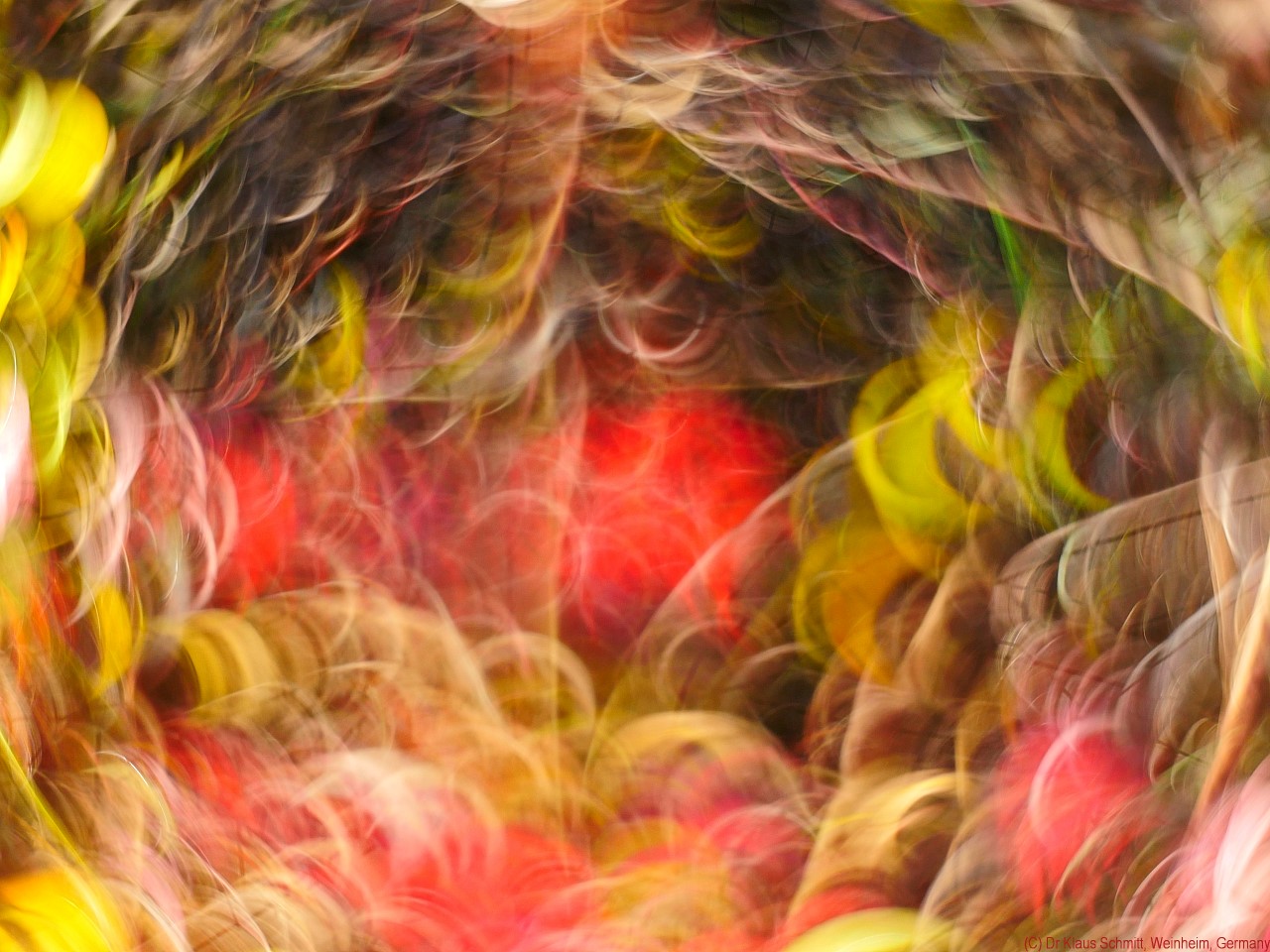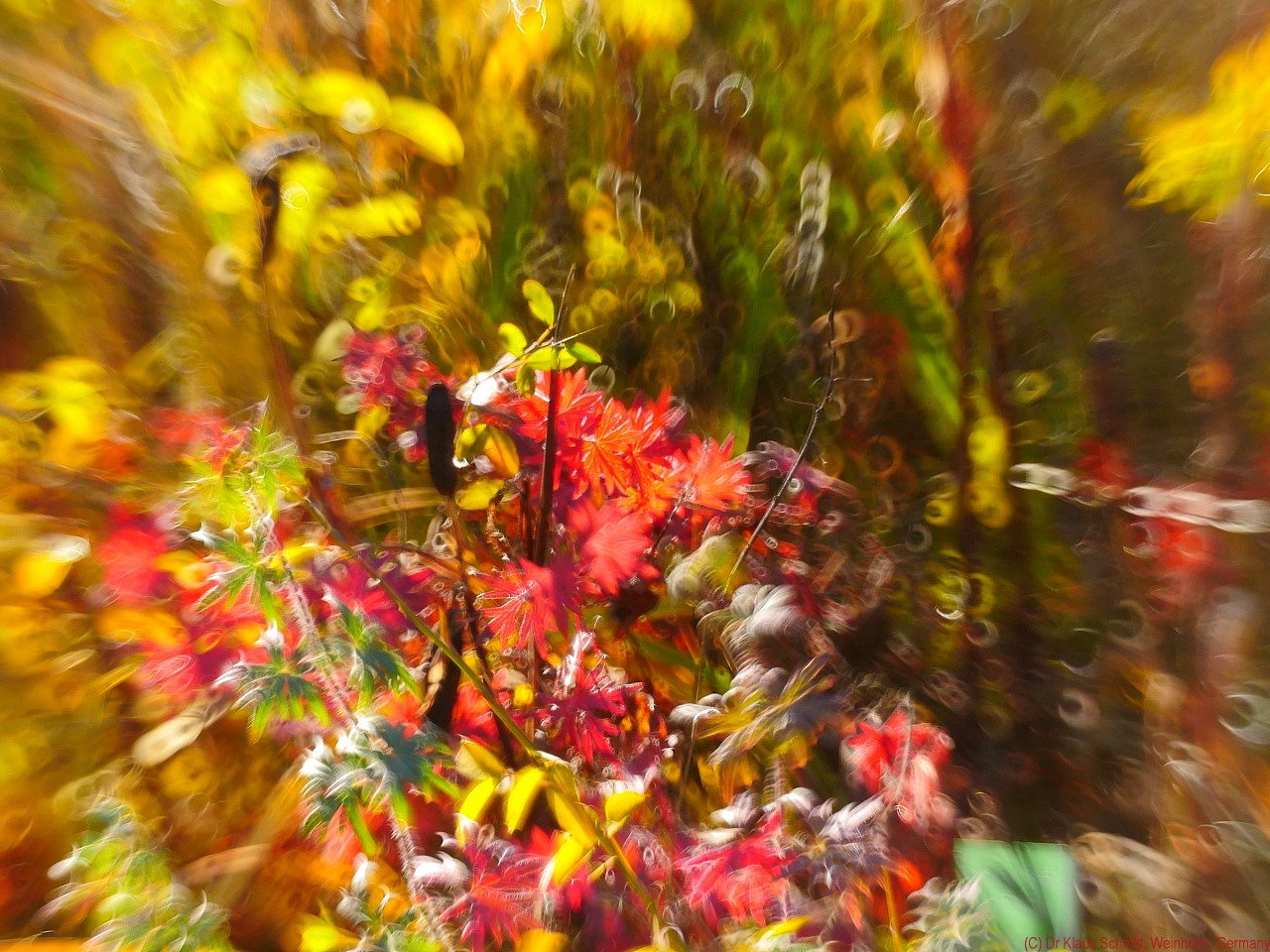Dr Klaus Schmitt
Well-known member
Then this might be for you, shot using a scarce scientific f1.1/90mm mirror lens



Very Cool Dr Klaus! I will admit that I am a Bokeh addict.
Anything that helps rank important versus unimportant in a subtle manner is valuable.
This lens does a great job of bringing in the boat to appear sharply from a blur.
I love it too!
Thanks so much for sharing!
What happens when the lens stops down or this is fixed?
Asher
ND-filter wheel! That’s clever and so reliable!Thank you Asher!
There are VERY few specialized mirror lenses which an aperture, and this one also does not have that,
but a built in ND-filter wheel. No change to the bubbles though.
shot using a scarce scientific f1.1/90mm mirror lens
Can we have some info about the lens design? f/1.1 is very unusual for a mirror lens. The reason is that mirror lenses usually need a secondary mirror and a large aperture implies a large secondary mirror, which creates a large obstruction. Indeed the bokeh bubbles on your picture hint at a large obstruction as the "bubble" is very thin, but I find the whole idea puzzling.
It is possible to dispense with the secondary mirror by putting the camera at its place and that gives quite fast mirror lenses indeed (e.g. Celestron hyperstar, etc...). Is this what you used? That would be consistent with the horrendous coma aberration at the edge of the picture.
The lens looks really cool, Doc. Sort of thing I’d use to impress an astrophysicist.
As for the bokeh , Im less than ambivalent. Just a personal choice but is seems to be tizzing up a lousy photo. Or even good one.
Like a dag wearing a suit. Or a beautiful woman wearing too much makeup.


The design is a very simple one and it is two mirrors ONLY!
It is just two mirrors, but which ones? It is not as simple as it looks. What are the dimensions of the lens, in particular the diameter of the main mirror and the distance between the two mirrors?
